C.P.I. – CORRUGATED PLATE INTERCEPTOR
The Corrugated Plate Interceptor, hereafter C.P.I., is a device designed to separate immiscible particles contained in a fluid body when these have a different specific weight than the fluid body itself.
In this case, the multi-phase fluid bodies, solid-liquid or liquid-liquid, can be separated mechanically by the gravity force through the natural effect:
- of sedimentation, in case the particles present have a higher density than the fluid body, in this case the C.P.I. is considered as a real static settler;
- flotation, in the particles present have a lower density than the fluid body, in this case the C.P.I. is considered as a real static flotation device such as an oil separator.
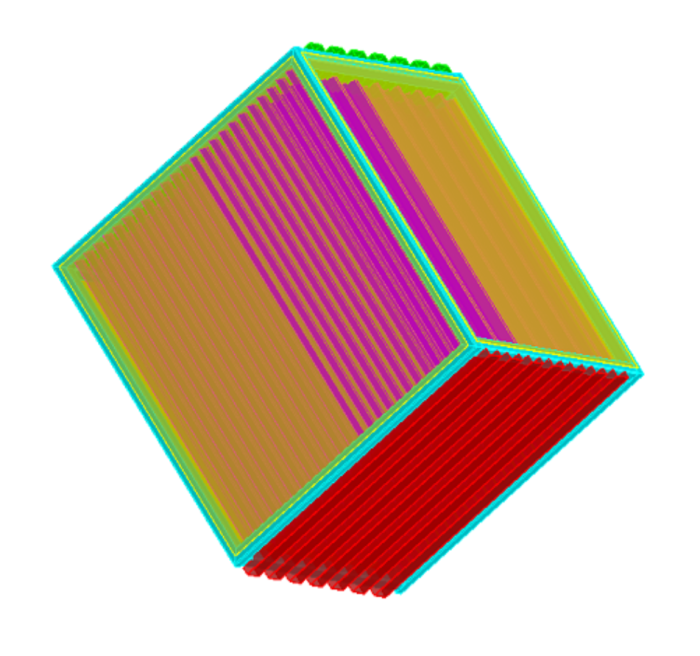
OPERATION OF THE C.P.I.
The high efficiency of C.P.I. is ensured by the use of parallel-plane corrugated slats with independent collector channels.
In this configuration the immiscible particles no longer have to rise to the surface of the tank or precipitate to the bottom as is the case with conventional separators in flotation or settling tanks. With this configuration, each immiscible particle only has to travel the short distance between the undulating lamellae forming the two adjacent planes.
The slope of the plate pack relative to the flow then ensures better collection and promotes the initiation of pollutant particles that have already separated from the fluid body.
Finally, the collector channels, located both at the inlet and outlet of the plate pack, collect the separated substances without encountering obstacles and without experiencing additional turbulence given by the fluid body flow.
PATHWAY OF THE FLUID BODY IN THE C.P.I. WITH SEDIMENTATION FUNCTION
PATH “A”
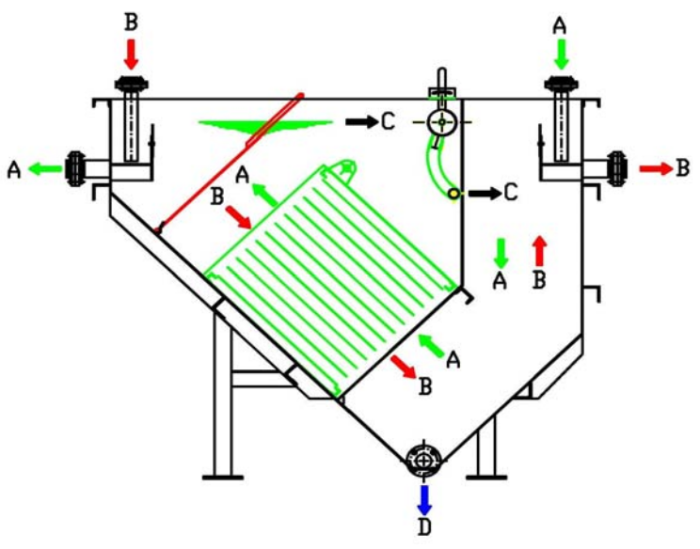
During the purification of the fluid body polluted by particles with a higher density than the fluid body, the flow flows in the lamellar pack from the bottom to the top; the solid particles collect on the upper surfaces of the corrugated lamellae and flow counter currently to the lower collector channels by virtue of the 45° inclination of the pack; once collected by these they then precipitate to the bottom of the tank or into the sludge hopper.
PATHWAY OF THE FLUID BODY IN THE C.P.I. WITH A FLOAT FUNCTION
PATH “B”
The fluid body enters the plate pack from above: the pack has an inclination of 45°.
The flow between the plate planes is laminar. In their upward motion, the particles, contained in the fluid body with a specific gravity lower than the fluid body itself, rise in countercurrent to the flow without encountering obstacles until they reach the bottom of the overlying plate, then continue their ascent toward the collector channels arranged anteriorly at the top of the corrugated plate and from these rise again reaching the surface of the tank.
Any particles, contained in the fluid body with a specific gravity greater than the fluid body itself, settle in the lower recess of the underlying plate, then precipitate, carried by the flow of the current, to the outlet of the pack where they are collected in the collector channels and conveyed to the bottom of the tank, or to the sludge hopper.
FROM “C”
floated substances are discharged.
FROM “D”
sedimented substances are discharged.
The separator can operate, regardless of the feed position given by ‘A’ or ‘B’ path, with slightly lower efficiencies.
The overall performance of the system varies between 85% and 99%.
VARIANTS
THREE PHASE SEPARATORS
In case of fluid body to be treated contains aeriforms, the C.P.I. can be inserted into sealed vessels.
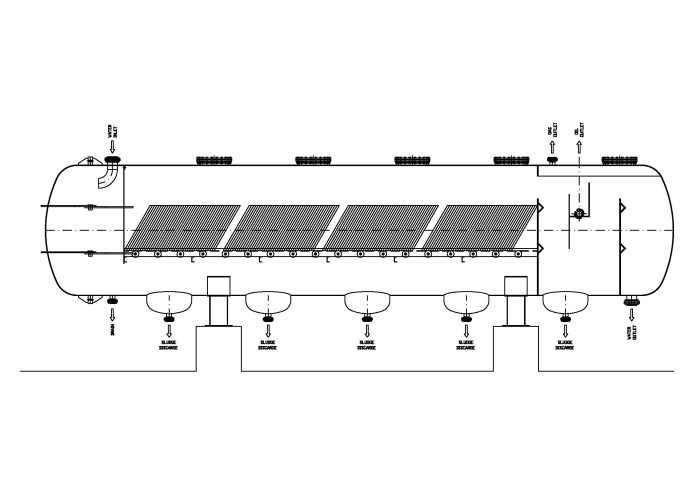
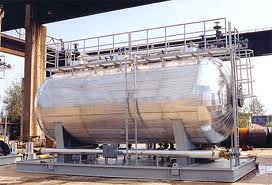
In this case, the complex, in addition to separating the particles contained in the fluid body with specific gravity lower or higher than the fluid body itself, also separates the aeriform contained in the fluid body to be treated.
ADVANTAGES OF C.P.I.
Maximum usable surface area with minimum volume used.
The limited space requirement allows installations in places not suitable for the construction of conventional systems.
Possibility of separation of pollutants with a small system with a common tank: in order for separation and thus purification of the fluid body from the pollutants, these must travel only the short distance between the two corrugated surfaces forming the plate pack. As a result, extraordinarily high yields with considerable potential are achieved in a minimum of space.
Low operating costs.
Virtually zero maintenance.
Continuous operation.
No moving parts.
Compact unit.
Simple installation.
Insensitivity to changes in flow rate.
APPLICATION FIELDS
- Oil and petrochemical industry.
- Lubricant depots.
- Drinking water plants.
- Service stations.
- Airports.
- Ships.
- Food industry.
- Sugar industry.
- Textile industry.
- Steel industry.
- Mining industry.
- Quarries and cement plants.
- Plastics industry.
TYPES OF SUPPLY
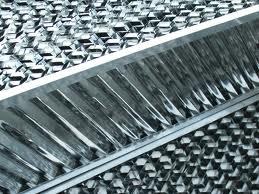
Corrugated plate packs.
Available in various materials, such as:
- Plastics
- Polyethylene
- Polypropylene
- Teflon
- Steels
- carbon steels
- stainless steels
- Metal alloys
- Monel
- Hastelloy
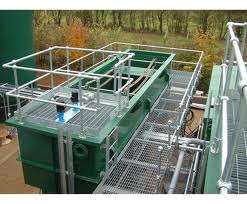
Tank profile drawings of the with installation in concrete tank or in steel tank.
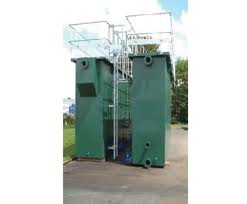
Separator complete with tank and corrugated plate packs.
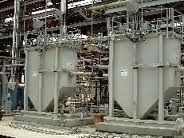
Composite separators with flotation and sedimentation function.
Modules of multiple separators, based on the system flow requirements, with or without accessories, including or excluding assembly.
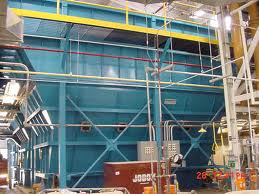
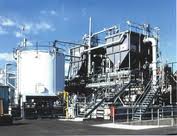
Auxiliary systems for the removal of floated supernatant.
Auxiliary systems for the removal of settled sludge.
For any information and configuration regarding: two and three phase separators, CPI – Corrugate Plate Interceptor, capable to satisfying your specific needs, please contact our technical department.

